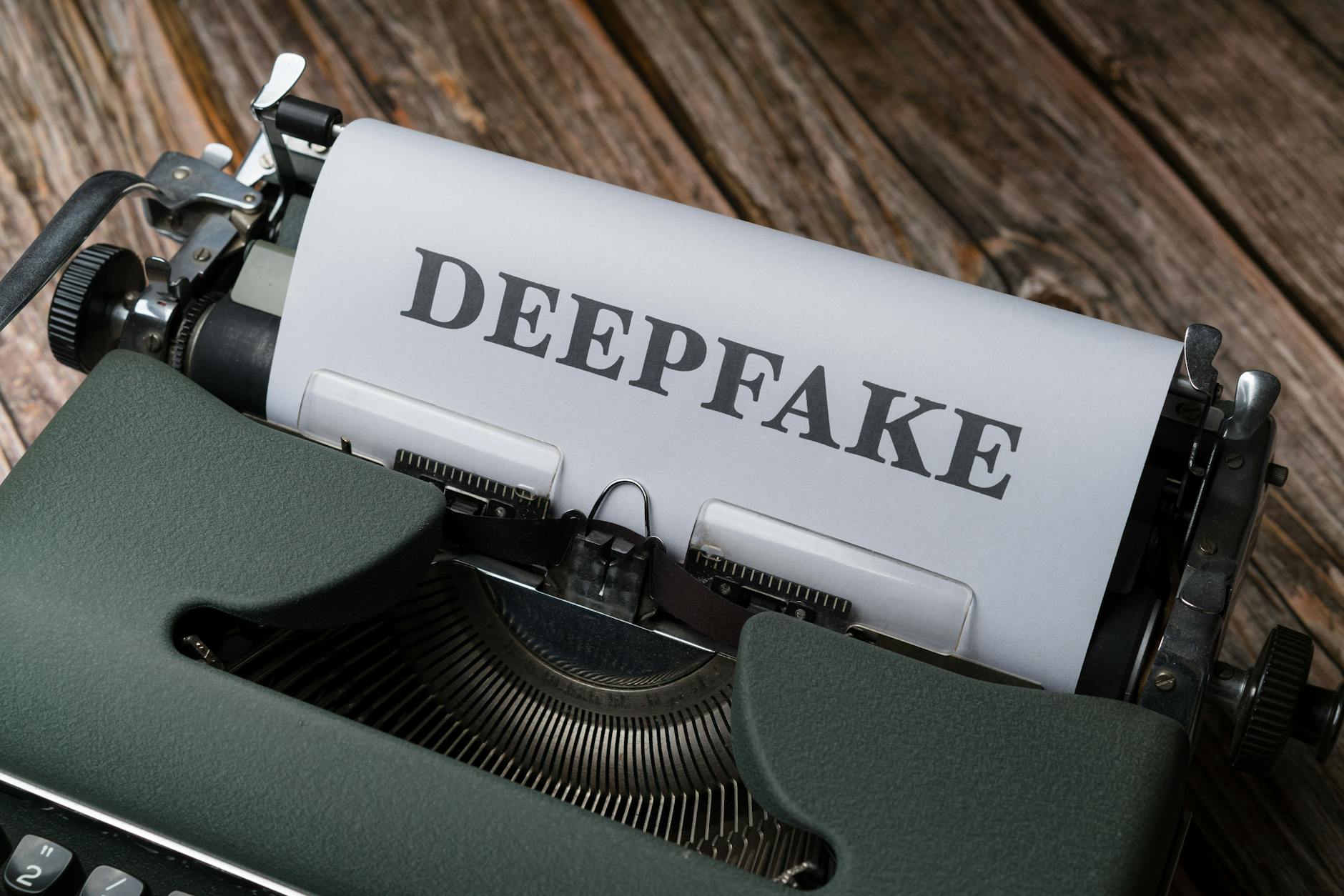Digital technologies are rapidly advancing, paving the way for innovative applications in various fields. While these advancements bring immense benefits, they also pose significant challenges, with deepfake technology being one of them. Deepfakes refer to AI-generated hyper-realistic images, videos, or audio recordings that can manipulate content to deceive viewers. As deepfake technology becomes increasingly sophisticated, the need for effective detection methods to combat AI scams has never been more critical. In this article, we will explore essential tips to identify and counter the threats posed by deepfakes.
Understanding Deepfake Technology
Before delving into detection methods, it is crucial to grasp how deepfake technology works. Deepfakes utilize artificial intelligence algorithms, such as deep learning and neural networks, to create highly convincing counterfeit media. By analyzing and synthesizing existing data, these algorithms can generate realistic images and videos that blur the line between fact and fiction. With the potential to impersonate individuals, spread misinformation, and manipulate public opinion, deepfakes present a significant risk to society.
The Importance of Vigilance
One of the fundamental tips for combating deepfake scams is to remain vigilant and skeptical when consuming online content. Given the sophisticated nature of deepfake technology, it can be challenging to discern genuine media from manipulated content. By approaching information with a critical eye and verifying the credibility of the sources, individuals can reduce their susceptibility to falling victim to deepfake scams.
Utilizing Advanced Detection Tools
As deepfake technology evolves, so do the tools designed to detect and counter it. Advanced AI-driven detection systems leverage machine learning algorithms to identify subtle discrepancies in deepfake media. These tools analyze factors such as facial expressions, audio inconsistencies, and unnatural movements to flag potentially fraudulent content. By incorporating robust detection mechanisms into online platforms and media channels, organizations can enhance their resilience against deepfake threats.
Promoting Media Literacy
Education plays a crucial role in empowering individuals to navigate the digital landscape effectively. Promoting media literacy initiatives can equip people with the skills to critically evaluate information, discern misleading content, and identify potential deepfake scams. By raising awareness about the prevalence of deepfakes and providing guidelines on how to spot them, society can collectively build a defense against the spread of misinformation and misinformation.
Collaborating with Experts
Given the complex nature of deepfake technology, collaboration with experts in artificial intelligence, cybersecurity, and digital forensics is essential. By pooling interdisciplinary knowledge and resources, organizations can stay ahead of evolving deepfake threats and develop tailored strategies to combat AI scams effectively. Engaging with researchers, industry professionals, and law enforcement agencies can provide valuable insights and expertise in detecting and mitigating the impact of deepfakes.
Conclusion
In conclusion, the proliferation of deepfake technology poses a significant challenge to our digital society. By understanding how deepfakes operate, remaining vigilant, utilizing advanced detection tools, promoting media literacy, and collaborating with experts, we can enhance our defense against AI scams. As technology continues to advance, staying informed and proactive in combating deepfakes is crucial to safeguarding the integrity of online content and protecting individuals from falling victim to manipulation and deception. By implementing these essential tips, we can collectively combat the threats posed by deepfake technology and uphold the trustworthiness of digital media.



